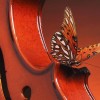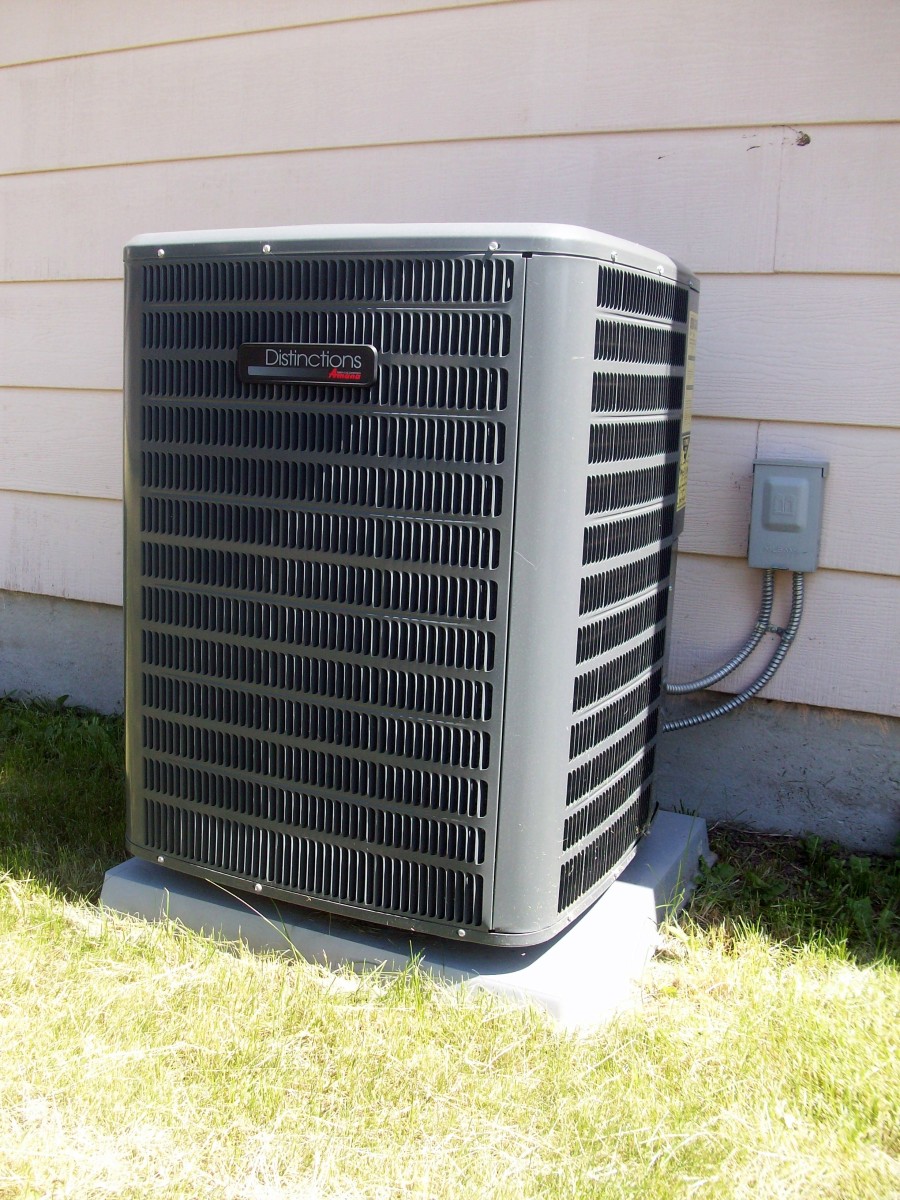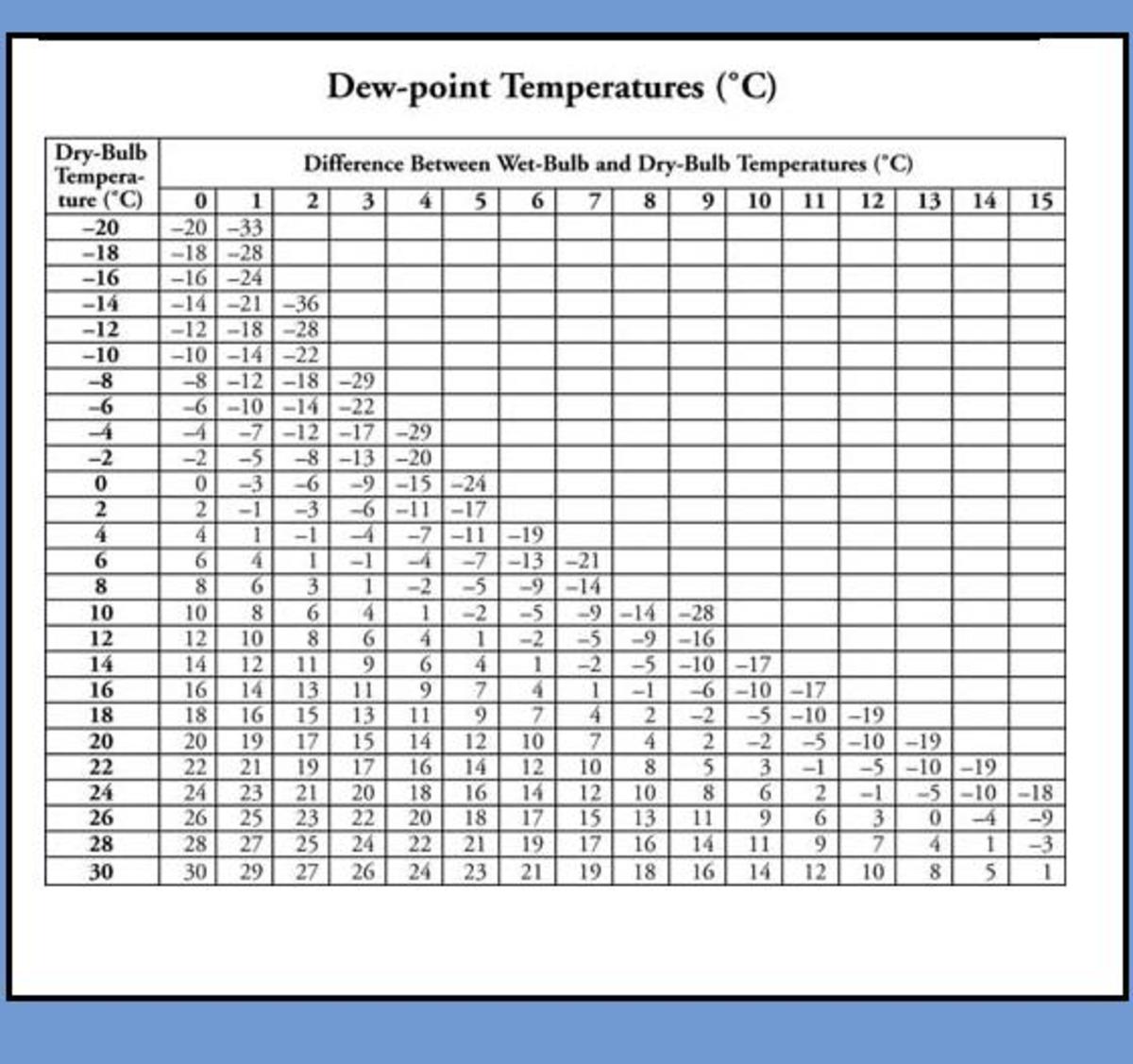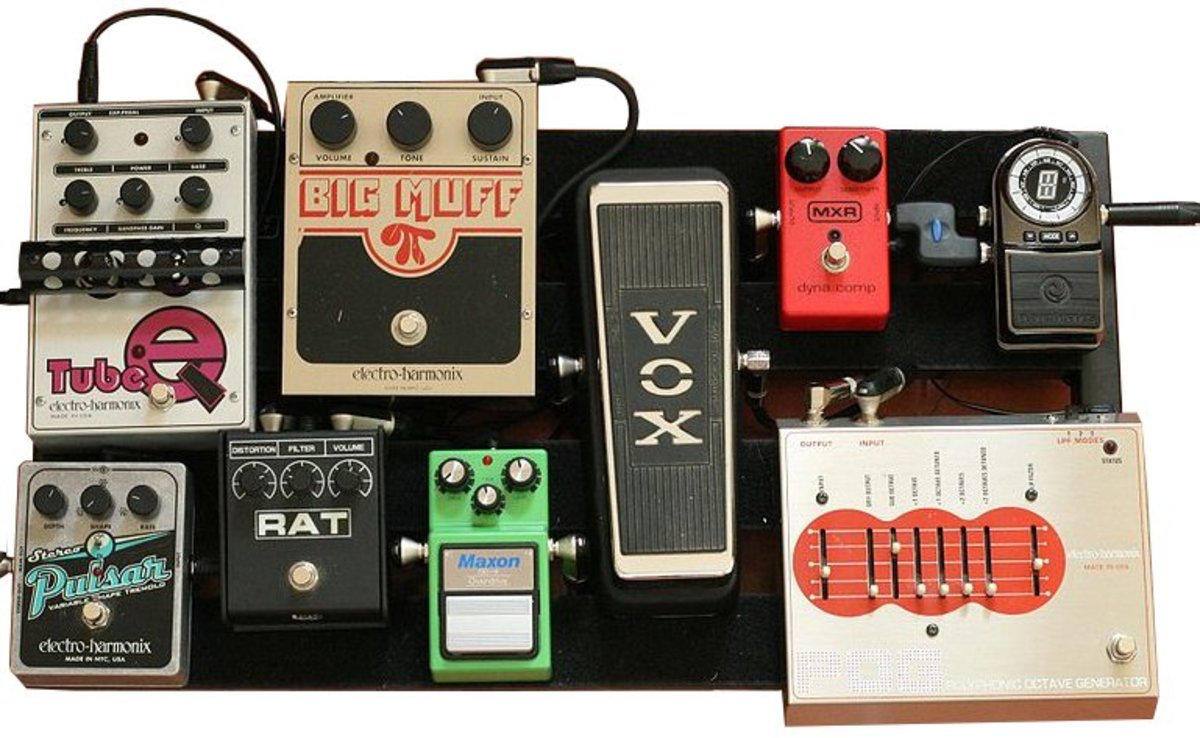Violin Accessories and Basic Violin Care
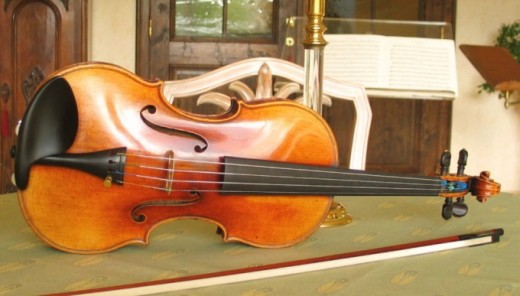
Whether you have just purchased an inexpensive new violin, stumbled on a forgotten family heirloom in a closet, or won the bid for a fine instrument at a violin auction, if you are a new owner of a violin, you will need to know some basics about caring for a stringed instrument. Although tending a violin isn’t quite as demanding as caring for a family pet, you will find that violins do need regular attention and maintenance to remain in optimal playing condition. Stringed instruments are some of the fussiest musical instruments to maintain; since they are wooden, they respond significantly to temperature and humidity changes, and must be treated carefully to avoid damage. However, many stringed instruments will actually appreciate in value over time, so safeguarding your violin is a smart financial investment, as well as being necessary for maximizing the instrument’s musical potential.
General Considerations
Temperature
Generally speaking, never leave your violin anywhere that you would personally be uncomfortable. I am referring to extremes of temperature, sunlight, and humidity, not awkward social situations. (Violins don’t usually seem to respond too negatively to those, but you can never be too careful.) Neither cold nor hot temperatures are good for your instrument. Cold temperatures may cause cracks and fissures in the wood, and hot temperatures can melt varnish. Since a great deal of a fine violin’s value lies in the varnish, it is crucial to preserve the varnish. One of the most horrifying sights I ever have seen was a violin left in a hot car, where the varnish boiled, leaving a sticky, pockmarked mess of an instrument. Most companies that insure stringed instruments will not cover damage when an instrument is left in a car; that alone should suggest the importance of never leaving an instrument in an unattended vehicle.
Humidity
Humidity can also severely affect an instrument’s playability. Generally speaking, a humidity level of approximately 40-60% is ideal. Too little humidity can lead to cracks and failure of the joints and seams, and too much humidity can cause warping of the instrument. You can choose to control the general humidity in the area in which you store your violin, using standard room humidifiers or dehumidifiers depending on your needs. Or you may purchase a humidifying device specifically designed for stringed instruments, which may either be mounted in your violin case or inserted into the instrument through the F-holes, depending on the specific product design.
Cleaning Your Instrument
A violin must be cleaned regularly to remove dust, rosin, and natural oils from our skin. Over time, such particles can build up on strings and varnish, reducing the instrument’s resonance, compromising the overall sound, and eventually damaging the finish. Thus, it is important to use a soft cloth (a cloth diaper is perfect for this purpose) to gently clean the strings and top of the body of the violin, carefully cleaning under the fingerboard, each time you finish playing your instrument. For removing more significant residue and oil deposits, there are commercially available violin varnish cleaners. Use only a cleaner manufactured for this specific purpose; never use furniture or wood polish, and be forewarned that any cleaner containing alcohol will act as a solvent and will remove the varnish from your instrument, certainly not the desired effect.
Strings and Pegs
Strings
A violin’s strings are like a high-performance car’s tires; in order for an instrument to realize its true potential, the strings must be of decent quality and in good condition. There are so many different varieties of strings on the market, and so many considerations in selecting strings that the subject of how to buy violin strings warrants a separate article. However, many violinists-- professionals, students and amateurs alike--use Dominant violin strings (manufactured by Thomastik violin strings) for general purpose use. Often, a cheap violin will come with inexpensive steel strings, and replacing those strings with a new set of Dominant (or other good quality) strings can be a positive first step in increasing the potential of such an instrument. If a violin’s strings are visibly fraying or exhibit any irregularities in their surface, it is prudent to replace the strings before they coat your fingers with metal shavings as they disintegrate, or worse yet, snap in your face as you tune. As a rule of thumb, strings should be replaced at least every six months during periods of regular use, or every year in the case of an instrument that is played less frequently.
Pegs
A violin’s pegs can present a variety of challenges. Violin pegs, like the rest of the instrument, are very sensitive to changes in temperature and humidity, and often will either become difficult to move (generally when humid) or slippery when attempting to tune (usually in colder, drier climates). There are simple ways to address each of these problems, although professional help from your violin shop may be needed in cases where these problems are ongoing, or caused by a peg that has become ill-fitting in the peg box. For sticky pegs that are hard to move when tuning, you can remove the peg from the peg box (you will have to remove the string first), rub the cylindrical surface of the peg with ‘Lava’ bar soap, replace the peg, and rewind the string. For slipping pegs, I have heard that rubbing a birthday-type unscented candle onto the peg will provide additional grip; I also know of people who use chalk for the same purpose. However, I have also been told by violin makers that both of these substances can be abrasive and may lead to seizing up of the pegs, possibly resulting in damage to the peg box. Violin dealers also sell two different products, marketed under the moniker ‘Peg Dope’, one for each type of problem with pegs. Peg Dope is applied in the same manner as the other substances mentioned, applied topically to the peg while the peg is removed from the peg box, and is often a quick and effective fix for such problems.
A Word About the Bow
Violin bows are complicated and delicate mechanisms that have specific requirements for their preservation. I will be writing a separate article in the near future regarding recommendations and considerations for caring for the bow. Until that article is available, please feel free to post any questions regarding bow maintenance in the comments section of this article, or to e-mail me directly through my Profile page.
When You Need to Visit A Violin Shop
While basic violin maintenance is easily handled at home, there will inevitably be times when you need the assistance of a professional violin maker or repair person. If you see any open cracks on your instrument, seek assistance quickly. Most small cracks can be effectively glued to stop their progress, but leaving small cracks unchecked may lead to larger, irreparable fissures. If you notice that the bridge of the instrument is not perpendicular to the top, you need have it adjusted so that it doesn’t warp over time or even fall during tuning, which can cause substantial damage to the top of the violin. Bridge adjustments may be performed at home, but if it is your first time doing so, you should have a professional demonstrate the proper angle and technique for gently moving the bridge. If the sound post (which is a thin wooden dowel which is wedged between the top and back of the interior of the instrument) falls, loosen the tension on the strings and visit your local violin shop for assistance.
In Conclusion
By following these simple suggestions, your violin will provide you with many years of musical enjoyment. Care for your violin as a member of your family (or at least as a family pet), cherish it, and most importantly, lavish it with many hours of your joyous attention. Someday, perhaps one of your descendants will stumble upon your much-loved violin tucked away carefully in the attic (properly humidified, of course), and it will continue be a beautiful artifact to be handed down through the generations for centuries to come.
Good general resource for violin supplies:
- Shar Music
Shar has been serving the string community since 1962. Specializing in bowed stringed instruments.
